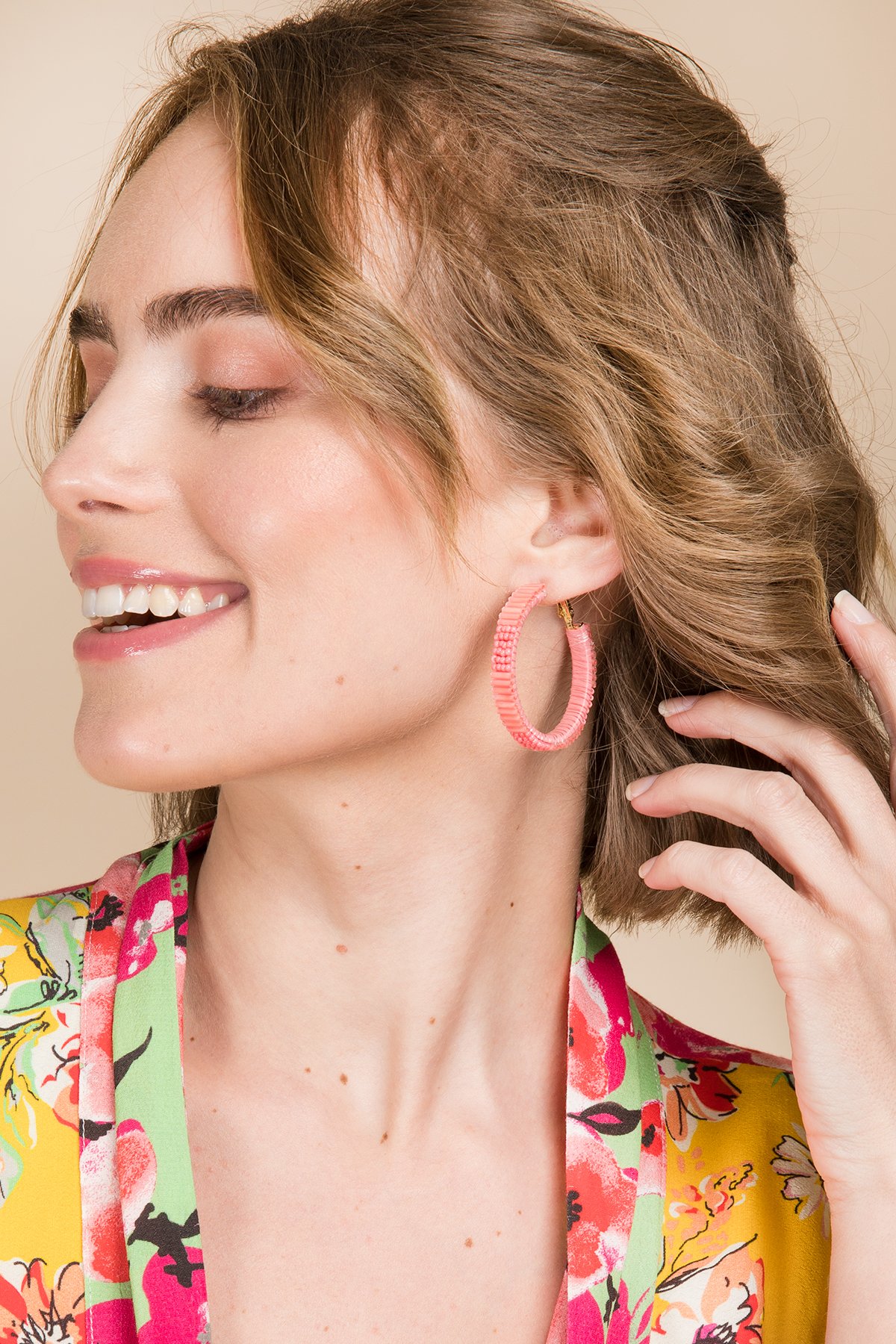All About Headscarves For Islam – Brief History : ight up ’til the present time, head covers assume a huge part in numerous religions, including Orthodox Judaism and Catholicism.
Islam started as a little confidence local area in the Arabian Peninsula. The people group was set up in Medina by the prophet Mohammed (c. 570–632 CE). After Islam was set up in the Middle East and North Africa, it made critical advances into Europe, too.
Scarves and shroud of various tones and shapes were standard in endless societies well before Islam appeared in the seventh century in the Arabian Peninsula (which incorporates present-day Saudi Arabia). Right up ’till today, head covers assume a critical part in numerous religions, including Orthodox Judaism and Catholicism.
Since the seventh century, Islam has become one of the significant world religions. As it spread through the Middle East to Saharan and sub-Saharan Africa, to Central Asia, and to a wide range of social orders around the Arabian Sea, it consolidated some nearby veiling customs and impacted others.
Yet, it is as of late that some Islamic states, like Iran, have started to require all ladies to wear the shroud (in Iran it is known as the chador, which covers the whole body).
Pundits of the Muslim veiling custom contend that ladies don’t wear the cloak by decision, and they are frequently compelled to cover their heads and bodies.
Conversely, numerous little girls of Muslim settlers in the West contend that the cover represents commitment and devotion and that veiling is their own decision. To them it is an issue of strict character and self-articulation.
Sorts of headscarves:
– The hijab is one name for an assortment of comparative headscarves. It is the most famous cover worn in the West. These cloaks comprise a couple of scarves that cover the head and neck. Outside the West, this customary cover is worn by numerous Muslim ladies in the Arab world and then some.
– The niqab covers the whole body, head and face; be that as it may, an opening is left for the eyes. The two primary styles of niqab are the half-niqab that comprises a headscarf and facial cloak that leaves the eyes and part of the brow apparent and the full, or Gulf, niqab that leaves just a limited cut for the eyes.
– Albeit these cloak are well known across the Muslim world, they are generally normal in the Gulf States. The niqab is answerable for making a lot of discussion inside Europe.
-A few government officials have contended for its boycott, while others feel that it meddles with correspondence or makes security concerns.
– The chador is a full-body-length wrap held shut at the neck manually or pin. It covers the head and the body however leaves the face totally noticeable. Chadors are frequently dark and are generally normal in the Middle East, explicitly in Iran.
– The burqa is a full-body shroud. The wearer’s whole face and body are covered, and one sees through a lattice screen over the eyes. It is most usually worn in Afghanistan and Pakistan. Under the Taliban system in Afghanistan (1996–2001), its utilization was ordered by law.
Don’t Miss : How To Wear A Bandana
Something More
The various styles of Islamic dress all through the present reality reflect neighborhood customs and various understandings of Islamic prerequisites. Muslim ladies in France, thusly, display a wide scope of dress and head covers.
Many wear nothing that recognizes them as Muslims. Various foreigner ladies practice unobtrusiveness, not by wearing conventional dress (i.e., the North African ), yet rather by wearing long-sleeved shirts and skirts that arrive at the lower legs.
For the people who do cloak, some basically wear splendidly Printed scarves on their heads, at times in any event, permitting hair to show; others pin unicolor shroud firmly around the face; and still others embrace long, streaming Islamic dress and sporadically cover the whole face with the exception of the eyes.
The young ladies at the focal point of the discussion typically wear Western attire with a shroud stuck around the face to cover their hair.
The battle over ladies’ dress started some time before their movement to France during the 1970s. French and British colonizers urged Muslim ladies to eliminate the shroud and imitate European ladies.
Therefore, in Algeria and other North African and Middle Eastern nations, the cover turned into an image of public character and resistance toward the West during autonomy and developments.
